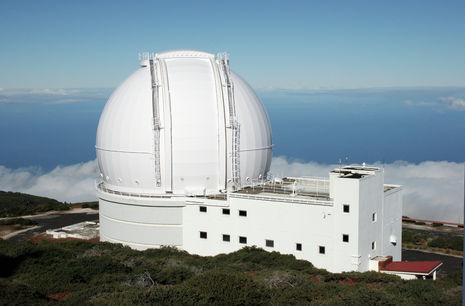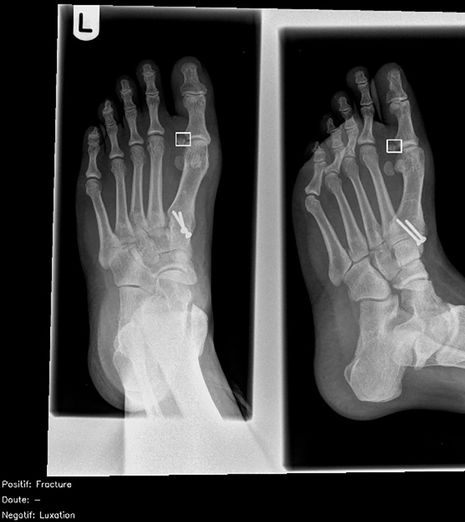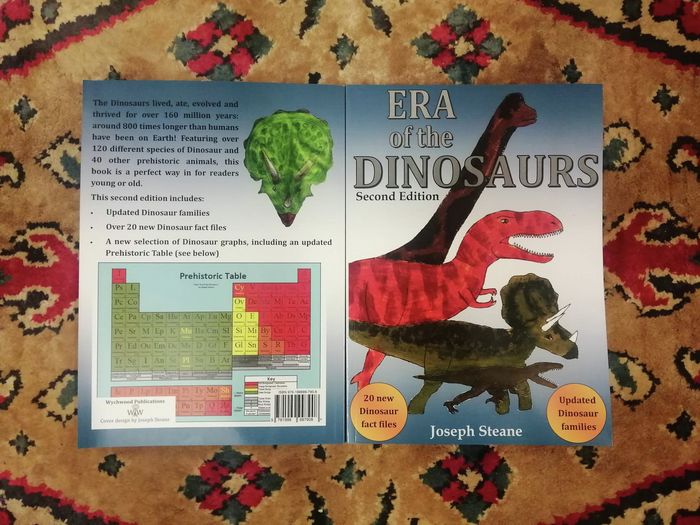The Varsity Science Round-Up: Lent Week 1
Varsity brings you a few of the interesting things Cambridge Scientists got up during the Christmas vacation and in the New Year

Cambridge Scientists help supercharge Telescope, revealing how galaxies are formed
A new upgrade to the William Herschel telescope, located in La Palma, Canary Islands promises a bountiful five years of data for more than 500 astronomers around the world.
Scientists from the University of Cambridge have already contributed to the project by designing and overseeing the complex data pipeline needed to process all incoming data.
The upgrade to the telescope allows it to take simultaneous spectrographs of around 1000 targets each hour: a spectrograph splits the light of astronomical objects into its component parts, enabling scientists to learn much more about the object than direct observation - for instance, how quickly it’s moving away/toward us.
The data team at Cambridge will perform quality-control checks on all the incoming data and extract the spectrographic information it holds, before sending this to other teams for analysis.
It is hoped that by combining velocity data from this ground-based telescope with data from the GAIA satellite, which maps the current positions of stars in our galaxy, astronomers will be able to ‘run the clock back’ and provide a more complete picture on galactic evolution and formation, among many other science goals.
AI can’t replace your doctor just yet
A recent study published in collaboration with the University’s School of Clinical Medicine has found that an AI diagnostic tool isn’t as good at humans (yet). The tool, called ‘Smarturgences’, is registered as a class IIa medical device under the EU’s medical devices directive, and was set ten mock exams alongside a cohort of freshly qualified radiologists.

In order to proceed to independent practice, radiologists in the UK must pass the FRCR exam: this includes a rapid reporting test in which they must correctly report at least 27 out of 30 radiographs within 35 minutes. While Smarturgences performed well, with an overall accuracy of around 80%, the high pass threshold meant it could pass just two of ten tests, compared with the radiologists’ average of four (the tests were reportedly slightly harder than the real thing), at an average 85% accuracy.
Interestingly, the strengths and weaknesses of the AI did not neatly overlap with that of the humans; the AI seemed to be better at diagnosing radiographs with hands and feet, where the greater number of bones and joints make human analysis more cumbersome. Perhaps for now, it’s best that humans and AI work as a team.
Artificial Pancreas successfully trialled for Type 2 Diabetes
Cambridge scientists from the Wellcome-MRC Institute of Metabolic Science have successfully trialled an artificial pancreas for use by patients living with type 2 diabetes. The device was powered by an algorithm developed at the University, doubling the amount of time patients were in the target range for glucose compared to standard treatment and halving the time spent experiencing high glucose levels. The device was tested on 26 patients from the Wolfson Diabetes and Endocrine Clinic at Addenbrooke’s Hospital.
Going ‘all-in’ on the environment
Researchers from the Department of Zoology and elsewhere recommend that an ‘all-in’ approach to environmental goals may be more cost-effective. The study compared two different environmental approaches: land-sparing vs land-sharing. Land-sharing sees wildlife-friendly measures deployed on farmland; land-sparing instead pays farmers to surrender land totally to the environment. By surveying farmers preferences for each at given subsidy levels, the paper found sparing could be twice as cost-efficient at delivering a blend of CO2 reduction and wildlife-conservation goals - even accounting for lost food production. The research could prove important in streamlining future UK agricultural policy.
In other environment news, the University is joining the Nature Positive Universities Alliance (NPUA). It will see the University carry out an assessment of biodiversity on campus, set goals to reduce any negative impacts on biodiversity and simultaneously encourage the restoration of local ecosystems. Starting from November 2023, each of the 111 institutions in the scheme will also publish an annual report detailing their efforts and corresponding effects. The NPUA pledge made by Cambridge comes just two years after Cambridge City Council agreed on a Biodiversity Action Plan for the area.
One step further on the science of pollution
A study led by Cambridge researchers has taken us one step closer to pinning down the impact of air pollution.
Scientists can already use GPS data (e.g., from phones), combined with outside sensor data to estimate personal exposure to pollution. However, different levels of activity will change the dose received. Indeed, simply being indoors is enough to stymy this location-based calculation. All of this leads to uncertainty in studies that rely on such calculations to determine health impacts of air pollution.
For this study, the researchers built a model that could predict behaviours (such as walking, sleeping, working indoors) based only on GPS data, accelerometer data and noise level. The model was compared to manually recorded activity logs by 35 participants from both a big city (London) and a small city (Cambridge). The model was found to perform very well at predicting most activities, and by extension total personal exposure. It is an innovative step toward facilitating larger-scale air quality studies.
 News / Cambridge academics stand out in King’s 2026 Honours List2 January 2026
News / Cambridge academics stand out in King’s 2026 Honours List2 January 2026 Interviews / You don’t need to peak at Cambridge, says Robin Harding31 December 2025
Interviews / You don’t need to peak at Cambridge, says Robin Harding31 December 2025 Comment / What happened to men at Cambridge?31 December 2025
Comment / What happened to men at Cambridge?31 December 2025 Features / “It’s a momentary expression of rage”: reforming democracy from Cambridge4 January 2026
Features / “It’s a momentary expression of rage”: reforming democracy from Cambridge4 January 2026 News / AstraZeneca sues for £32 million over faulty construction at Cambridge Campus31 December 2025
News / AstraZeneca sues for £32 million over faulty construction at Cambridge Campus31 December 2025










